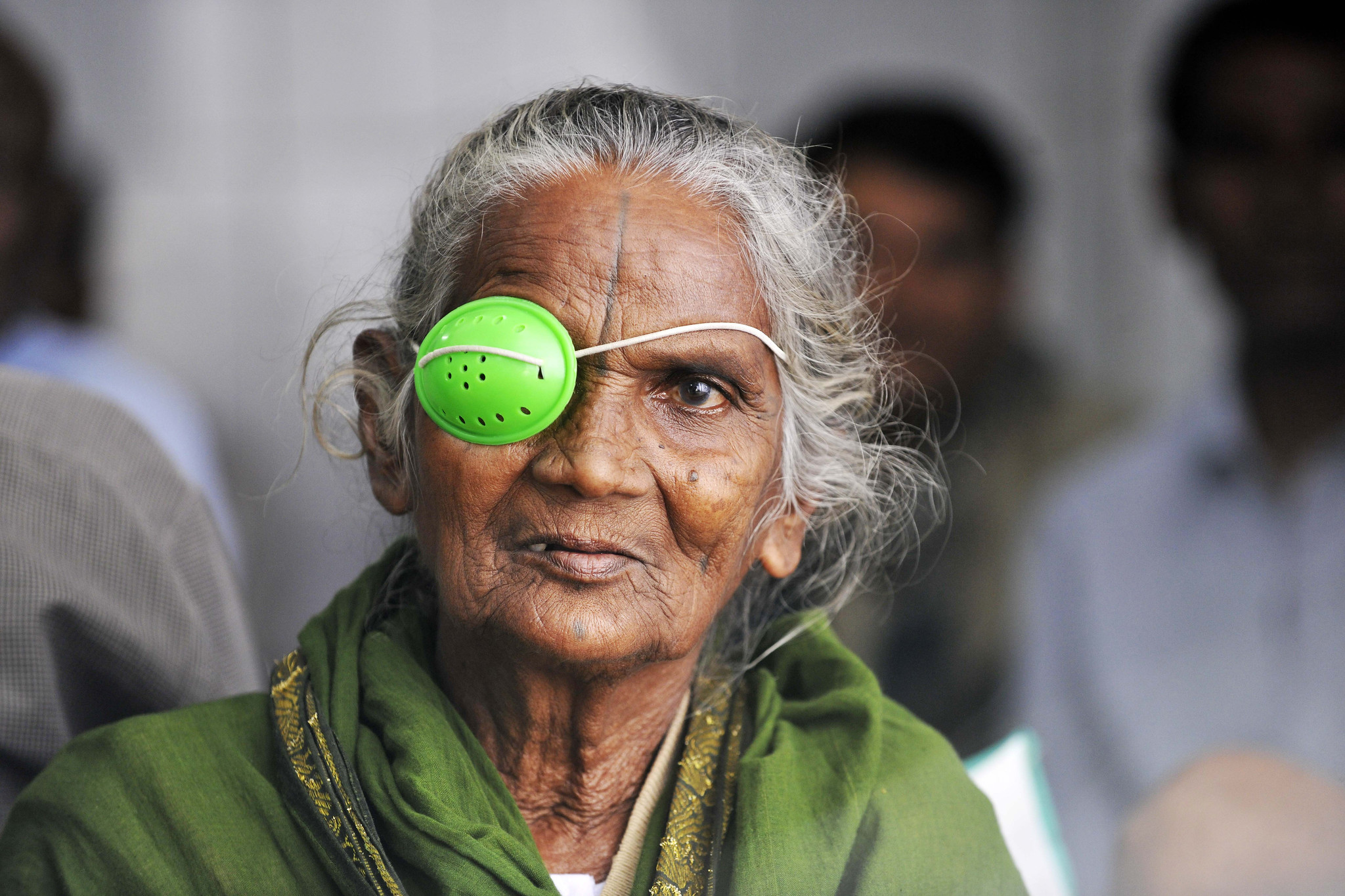Trachoma Research Projects

Trachoma is the leading infectious cause of blindness. It is a disease of poverty afflicting some of the world’s poorest people, particularly in Africa. Trachoma has disastrous consequences for affected individuals and communities, frequently compounding health problems and poverty. Prevention of blindness from trachoma is a major public health priority internationally.
Trachoma begins in early childhood with repeated infection by the bacterium Chlamydia trachomatis, which causes conjunctival inflammation, referred to as active trachoma. This leads to progressive scarring and in-turning of the eyelashes (trichiasis), so that they now scratch the surface of the cornea. The cornea becomes irreversibly scarred leading to visual impairment and blindness.
To control trachoma and prevent blindness endemic countries are implementing the SAFE Strategy: Surgery for trichiasis, Antibiotic to treat infection and promotion of Facial cleanliness and Environmental improvements to supress transmission of infection.
Our research focuses on aspects of the SAFE strategy, including clinical trials to improve the management of trichiasis and antibiotic treatment, the immunopathogenesis of the disease process, and its socioeconomic impact. Our research is done with partners in several countries including Ethiopia, Tanzania and The Gambia.
Trachomatous Trichiasis – Disease and Management
Antibiotics for Trachoma Control
Understanding and Controlling Transmission – F&E
Understanding Trachoma
